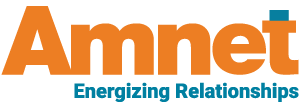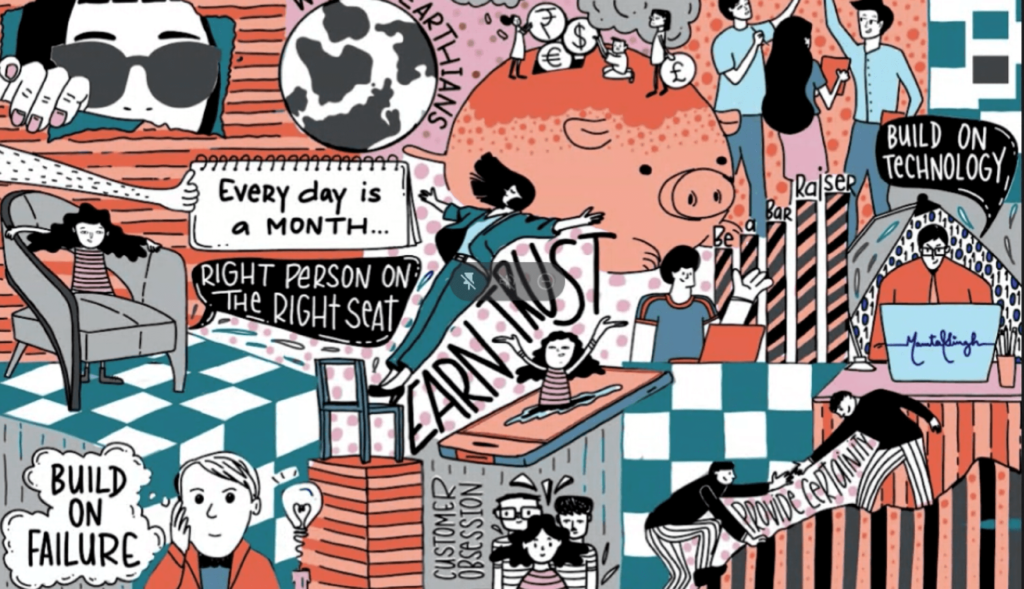Accessibility is not just a factor to be taken into account anymore but an essential component in the present-day digital world. Ensuring that all forms of content published online are accessible to all people, especially persons with disabilities, is mandatory.
Web accessibility is used to refer to the situation where all people, including the disabled, can find usefulness in information. “Globally, more than 1.3 billion people, or 16 percent of the world’s population, are living with some form of disability,” the WHO states. This figure underlines the importance of the supply of materials being available to as many individuals as possible on the information that exists online.
To ensure that digital content is accessible, some core principles that publishers can take into consideration are as follows:
The content should be presented in such a manner that all users can easily comprehend it. For instance, give information about images on web pages so that persons with visual impairment can receive the relevant descriptions through a screen reader. In the same manner, provide captions and transcripts for all videos, audios, and any other content in the form of visuals to help people with hearing impairments.
Ensure users can get to every piece of content without ever using the mouse; some users prefer that approach. The interface of all accessible forms should be labeled correctly and easily clickable to improve the experience for people with motor impairments.
Good navigation and layout make for easy orientation and awareness of one’s location on a web page or website, in addition to the things that one can do. This will make the content easy to understand, especially for persons with learning disabilities.
All content should be tested on different assistive technologies and accessible on multiple browsers. This is because it is easier for a user to continue interacting with a brand on a new device if they have interacted with the brand before on a different device.
At the same time, access to required materials is still an issue that ranks high on the list of people’s concerns. In the Million project by WebAIM, for instance, 98 percent of the home pages contained ascertainable accessibility issues. Thus, 1 percent of the home pages of the 1,000,000 most popular websites contain identifiable WCAG 2 failures. This statistic confirms the argument that to ensure the disabled get access to services, products, and facilities, continued and elaborate attempts toward the realization of full, inclusive accessibility are required.
Thus, accessibility has ceased to be an add-on feature and is now rather one of the basic premises for designing and implementing content in the digital environment. The WCAG guidelines that state that content should be perceivable, operable, understandable, and robust can help close the gap if applications or tools are exhaustively tested with various assistive technologies and devices. Even though the presented percentages indicate that more than half of the current websites do not correspond to accessibility requirements, sustained engagement and an active approach are required. Making web content accessible is not only about meeting legal and ethical requirements but also about getting your material to as many users as possible and making the web a more accessible place for disabled people.
Start your digital accessibility journey with Amnet’s Digita11y. As your accessibility partner, we help you clarify your needs and develop a web design that best suits your goals.
Source



